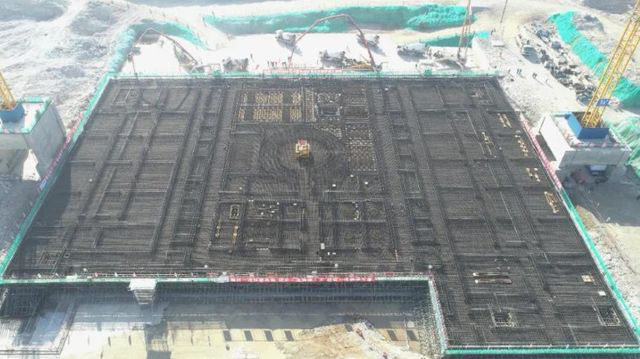Table of Contents
As I’ve reported for The BFD, the ineluctable realities of demographics and geopolitics are against China’s superpower ambitions.
Geopolitically, superpowerdom means a lot more than just military strength. A superpower has the sort of cultural clout that draws other nations into its sphere of influence by a kind of geopolitical “gravity”, rather than brute force. America is a superpower, not just because of its military, but because of its attractiveness. People around the world really do want to be like America.
A lot of leaders might hold out their hands for China’s money, but not many people want to be China. Especially not its neighbours.
Demographics are also against China: China’s getting old, really old, as well as overwhelmingly male. By the end of the next century, China’s population is on track to halve.
All of which is not exactly good news for Xi Xinping’s mission of “Without haste, without fear, we conquer the world”. After all, nobody takes much notice of an unpleasant, decrepit, old man neighbour.
Unless, maybe, that old man has a very, very big stick to wave at those darn kids.
On the tiny, nondescript island of Changbiao, in the Fujian province, the China National Nuclear Corporation is building two mysterious nuclear reactors that are drawing plenty of international attention—and concern.

The reactors, scheduled to come online in 2023 and 2026, are “fast breeder” reactors. Nobody in the West makes fast breeder reactors any more. They were abandoned decades ago, because they’re inefficient at producing energy, especially when they use expensive uranium fuel, as Xi’s new toys do.
But they do make plutonium. Plutonium which can be turned into nuclear weapons.
In a new paper, experts from the Nonproliferation Policy Education Center (NPEC) say with the amount of weapons-grade plutonium the fast reactors will make, China could have 1,270 nuclear warheads by 2030. That’s as many as the U.S. has in its intercontinental ballistic missile arsenal.
The two recent former U.S. Assistant Secretaries of State for International Security and Nonproliferation who wrote the new paper urge world governments to confront the Chinese government about what the reactors mean for China’s weapons program:
“In our view, at the very least, it is time for leaders from around the Pacific Rim to engage with each other diplomatically as this report recommends about whether it is really a good idea for such an important, dynamic, and prosperous area of the world to further entangle itself with the production of additional tons and tons of the world’s most dangerous material, or instead to seek a better alternative.”
“Or else, we will be very, very angry with you, and we will write you a letter telling you how angry we are”
Hans Blix, “Team America: World Police”
Yeah, I’m sure that’ll be as effective as asking to, pretty please, have unfettered access to the Wuhan Institute of Virology.
Instead of engaging in dialogue, the experts say, China has made its nuclear program more and more opaque. The U.S., Japan, and South Korea all report the state of their “civil” plutonium (meaning not used in weaponry) to the International Atomic Energy Agency (IAEA), and the report urges China to do the same, because it hasn’t since 2017.
Quelle surprise.
Why would China be stockpiling plutonium behind closed doors?
Popular Mechanics
Gee, I wonder.
Still, I’m sure we can trust them. It’s China, after all.
Please share this article so that others can discover The BFD








